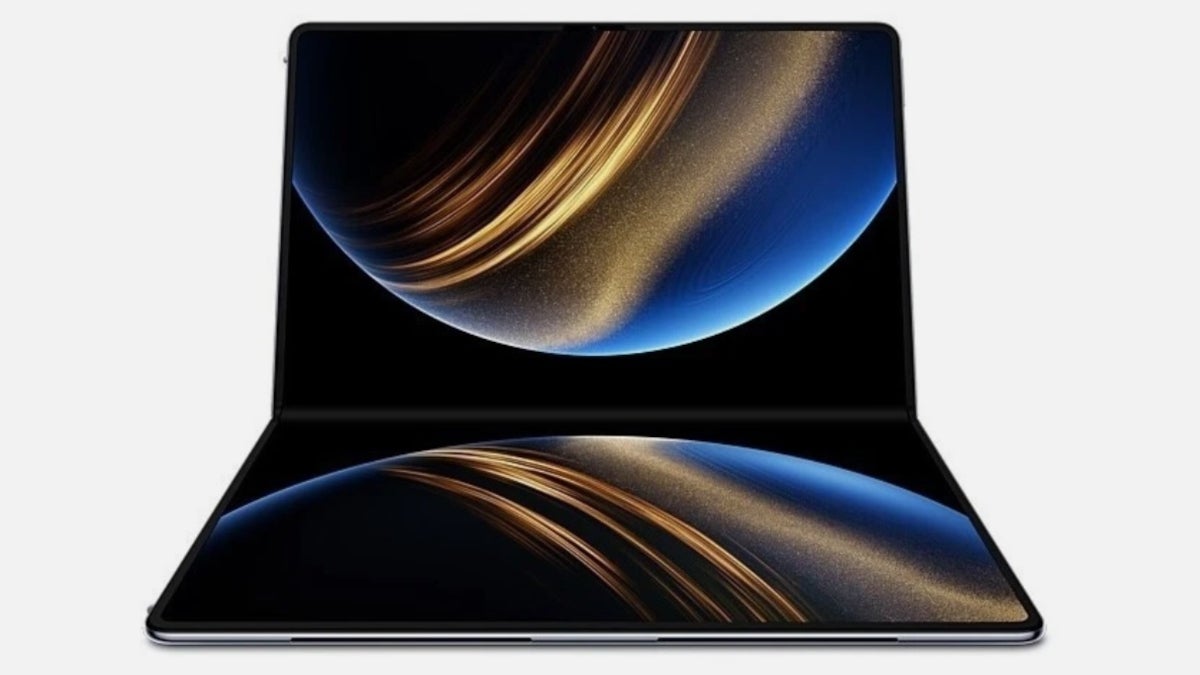Huawei’s claim of catching up with U.S. chipmakers just took a major hit. 
Despite the buzz last month over the Mate Book Fold reportedly packing a 5nm Kirin X90 chip, new findings reveal that the chip was actually built using SMIC’s 7nm process (N+2), not the 5nm (N+3) process that would have signaled a big leap forward.
Due to U.S. and Dutch sanctions, China’s SMIC – Huawei’s chipmaking partner – can’t access the cutting-edge EUV lithography machines essential for true 5nm and smaller chips. Instead, SMIC relies on older DUV machines, attempting a workaround by layering multiple exposures to mimic smaller node sizes. But this trick results in low yields and higher production costs – hardly a breakthrough.
Previously, the tech world was intrigued by the idea that Huawei had pulled off a 5nm miracle without EUV access. But that excitement is now tempered by confirmation that the Kirin X90 uses the same 7nm node as the older Kirin 9020 found in last year’s Mate 70 phones. That puts Huawei and SMIC roughly two generations behind U.S. leaders like Apple, who are preparing to release 2nm chips in next year’s iPhone 18 series.
Huawei’s CEO Ren Zhengfei recently spoke to state-run media, making philosophical claims about overcoming limitations: “We use mathematics to supplement physics, non-Moore’s law to supplement Moore’s law, and cluster computing to supplement single chips.” But his optimism doesn’t change the technical gap. Without an EUV alternative – something Huawei is rumored to be working on – there’s little chance of closing it anytime soon.
The current reality is clear: Huawei’s chip progress is impressive given the constraints, but it’s not the revolutionary leap that some headlines suggested. Until they crack the EUV problem, Huawei remains stuck behind the curve.